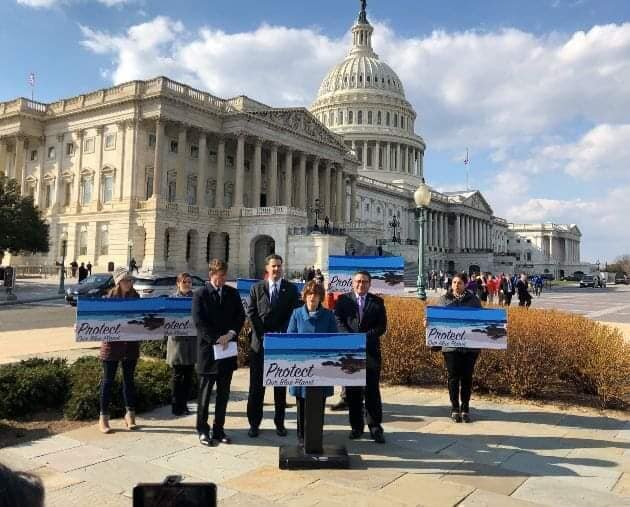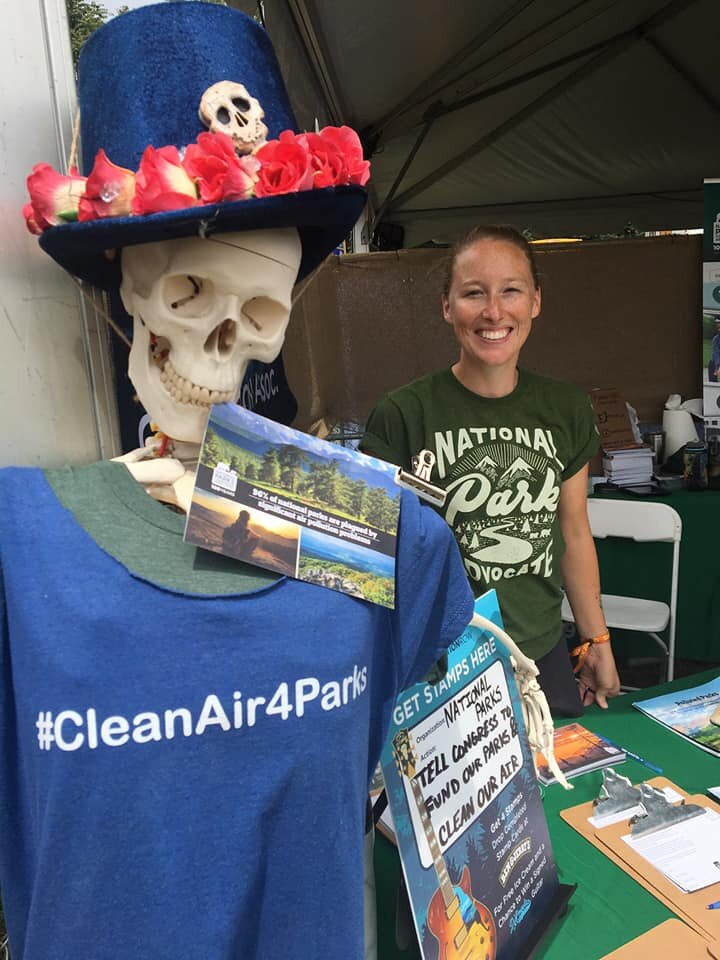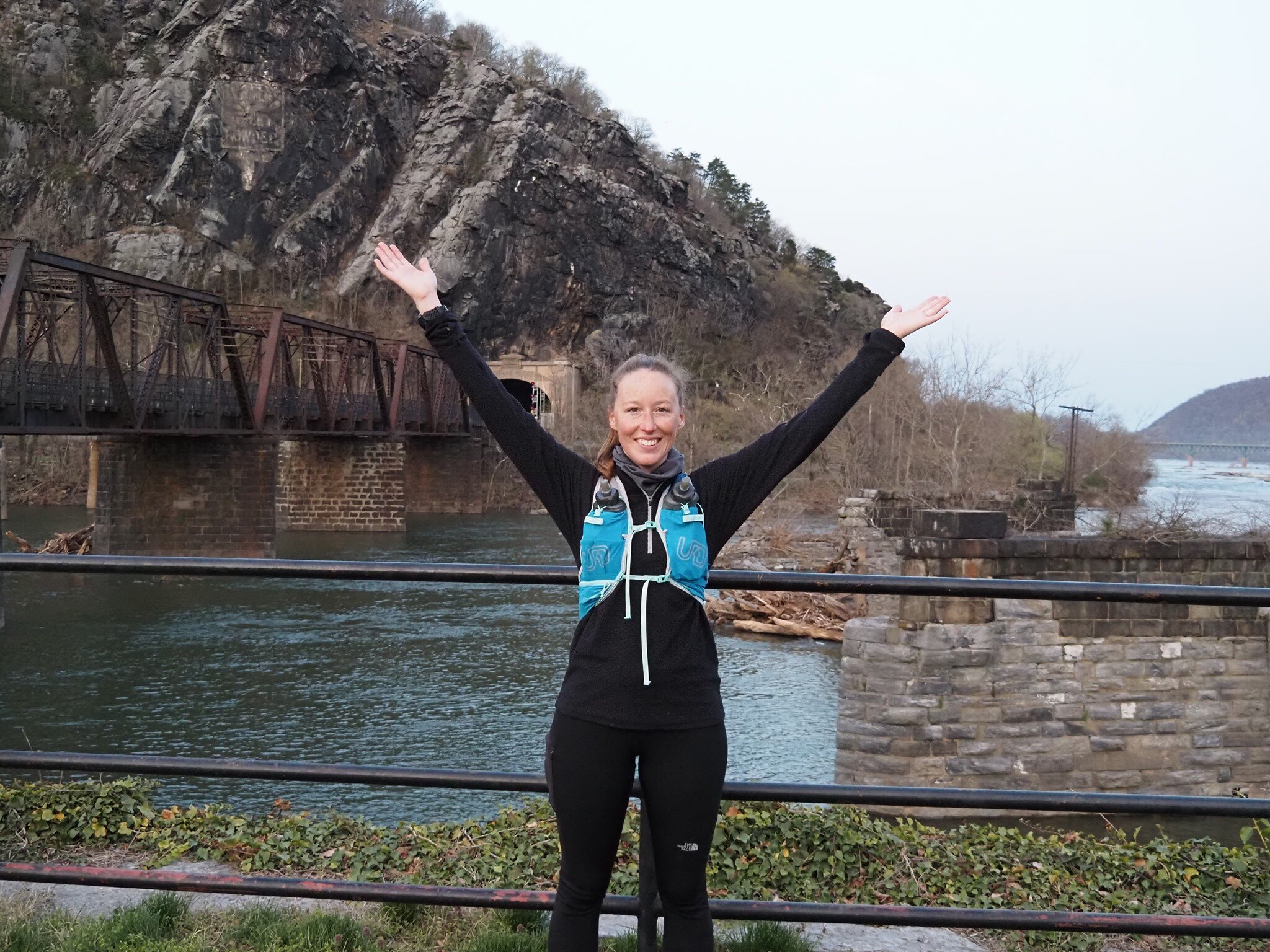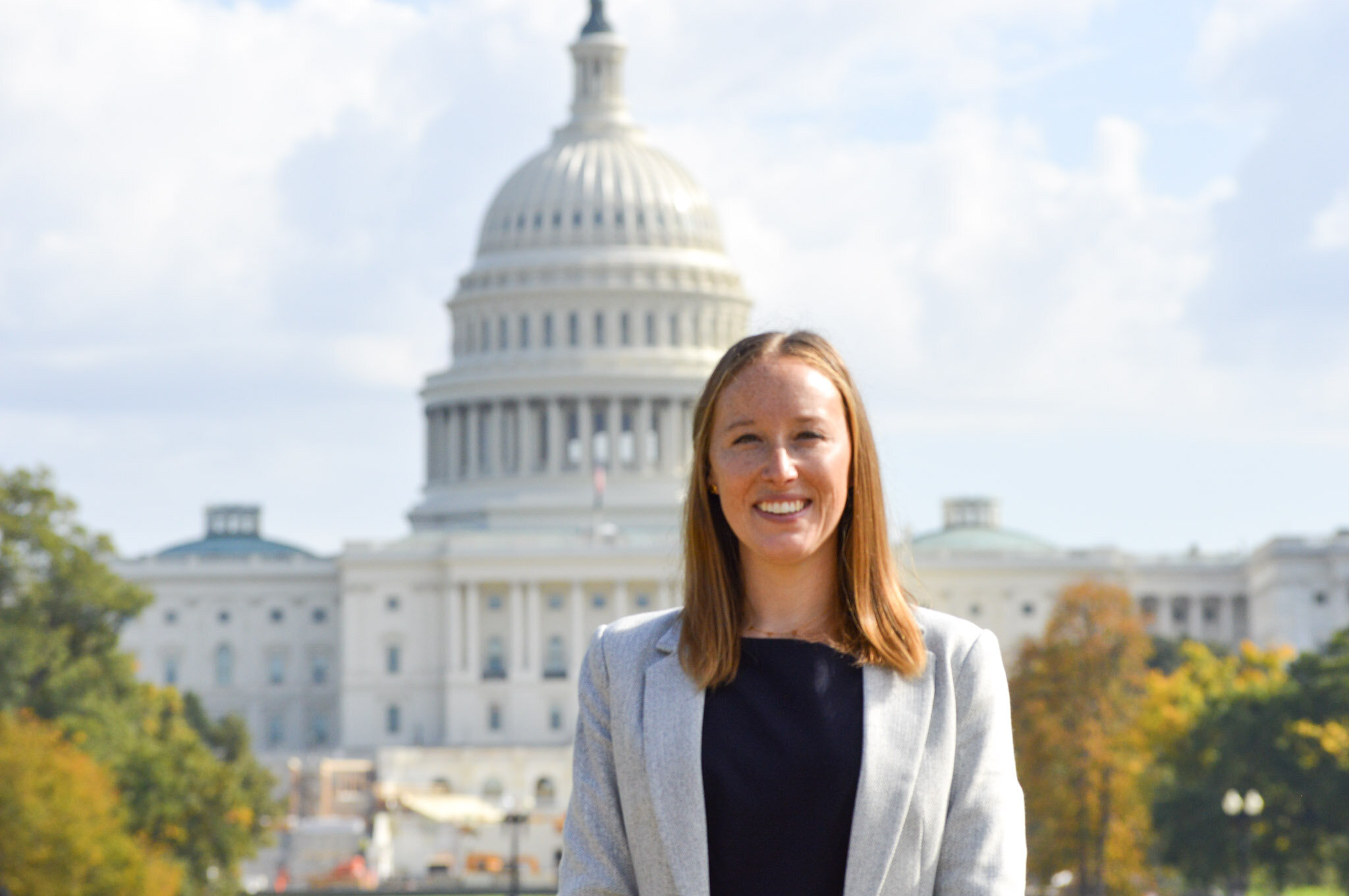As a runner, I think a lot about how my running intersects with the natural world around me. My favorite places to run are often protected places, public lands set aside for the greater enjoyment. As a city-dweller, access to green space means even more to me daily. On any given weekend you may find me running along the Appalachian Trail, in Patapsco Valley State Park, along Seneca Creek State Park, in Great Falls State Park, along the Anacostia River Trail System, and more. I enjoy a mix of trail, country road, and city street running too, and that means I’m constantly at the whim of whatever type of ‘environment’ I’m in – and think about safety, gear, and logistics based on that. I’m also constantly checking the weather – to know what temperature and how much and what type of precipitation may or may not fall on any given day.
As a conservationist, public lands protections are important to me. I wrote a post recently about respecting our public lands from an individual perspective – leveraging Leave No Trace principles to be a better steward of the places we love. But my individual choices to leave a place as good or better off than it was when I was there just begins to scratch the surface of what is important from a running perspective. Which lands are protected and which lands we are able to run are all connected to conservation policy. If it were not for policy, we would not have public lands in the first place. If it were not for policy, the forests that many of us run in, especially here on the east coast, would not look the way they look today. If it were not for policy, the water that flows through the mountain streams and the air the enters and exits my lungs on a run would not be as clean as it is today.
But policy is not a one and done thing. Our lives, our world, everything around us is not static. New science emerges. We gain better understandings of how decisions we made in the past impact the present and could impact the future. We see populations grow, and we see populations shift. Policy is dynamic, ever changing, and constantly impacting our lives, whether we choose to see it or not.
Speaking on a panel with other clean water advocates about restoration of the Potomac and Anacostia Rivers
As a runner and a conservationist, I see it as my duty to stay engaged. Apathy is a political decision in-and-of-itself, and often comes from a place of privilege. From the local to the federal level, choices are being made (and not made) that impact the places we run, the air we breathe, and the climate that surrounds us. Staying silent means we don’t care enough to speak up for the places we love, the places that shape our passions.
By day, I work as a professional conservation advocate. I’ve spent years helping elect officials to office, working on ocean and coastal conservation issues, on public lands issues, and watershed restoration policies. At work, I train others on how to raise their voices for the things they care about and provide them with the tools to plug in to policy debates at the right moments.
Now, I want to take the work that helps me pay my bills and share my advocacy skills with the running community. I’ll be developing an advocacy series that gives runners an understanding of the policy issues that runners may care about, and talk through the tips and tricks necessary to make sure your voices is heard.
I want to hear from you too: what issues do you care about, what would you like to learn more about from a policy perspective, or what skills would you like to learn from an advocacy perspective? Post a comment below or use my contact form to get in touch.




